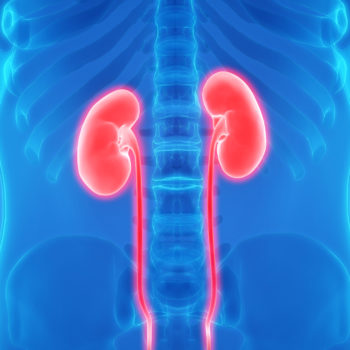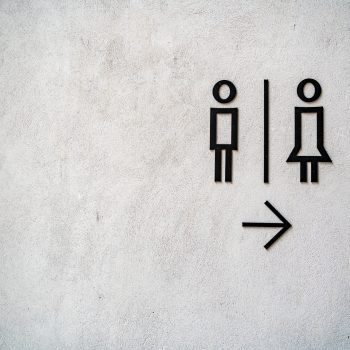Cycling is one of the most effective forms of aerobic physical activity for general wellbeing; but for those who cycle for a long time it can hide some dangers? We are talking about the lovers of two-wheels who spend many hours with their hands on the handlebar: contact with the saddle and the position held may in some way affect the male urinary and sexual function? We talk about this topic with Dr. Rodolfo Hurle, urologist at Humanitas.
The possible impact of cycling on urogenital function in the male sex has received attention from research with results that are not always unambiguous. A recent study, conducted by the University of California-San Francisco (USA) and published in The Journal of Urology, showed different results from other studies and did not associate cycling with sexual dysfunction.
Pressure from the saddle
Erectile dysfunction and urethral stenosis were among the main disorders for which the risk associated with cycling was assessed. For the former, characterized by the inability to achieve or maintain an erection to a complete sexual intercourse, thought was given to the effect of the pressure exerted by the saddle on the perineum, the soft tissue area in the lower part of the pelvis. The nerves and blood vessels present here can be compressed against pelvic bones.
The association between erectile dysfunction and cycling was indicated for example by a 2001 study that had analyzed data from Massachusetts Male Aging Study. In conclusion, researchers suggested a potential correlation between the disorder and cycling for at least three hours a week. A later research, published in the Journal of Urology in 2004, did not identify a different prevalence of erectile dysfunction between cyclists (17%) and the control group.
A 2015 review of the research conducted so far has highlighted the need for further work to determine whether cycling could be considered an independent risk factor for impotence. For its authors there was insufficient evidence to conclude a cause-effect relationship between these two elements.
The second urogenital disorder associated with cycling is urethral stenosis. The urethral canal allows the release of urine from the bladder through the external urethral meatate; its shrinkage (urethral stenosis) can create minor problems. The inflammatory process that underlies this condition could be a consequence of microtraumas and compression particularly in the area of the bulb urethra, that portion that crosses the perineum and scrotum.
Results of the study
Researchers at the University of California conducted their analysis on three groups: cyclists, swimmers and runners for a total of 3,932 individuals. With validated questionnaires, they collected data on uro-genital functionality and, in the case of cyclists, on their sports activities: the intensity of pedaling, the type of bicycle used, if they used padded shorts, the percentage of time spent pedaling, the height of the handlebar, and the type of road they would normally ride on.
The first group was finally divided between those who practiced cycling in intense mode (over 25 miles a day for three times a week from more than two years) and at low intensity (none of these criteria); the remaining participants formed the set of “non-cyclists”. For the research team, sexual well being and urinary tract health were comparable between cyclists and the rest of the participants. However, some cyclists tended to report more problems related to urethral stenosis.
It was also found that neither the type of bike nor the characteristics of the road seemed to have a negative impact, while pedaling for more than 20% of the time on the pedals was associated with an increased probability of numbness in the genital area. This and the saddle pain seemed more likely in those who had the lowest handlebar of the saddle. In any case, as defined in the study – to observe the characteristics of the population involved – it was not possible to prove a causal relationship between cycling and the risk of sexual or uro-genital dysfunction.
In conclusion, could cycling create some problems with the uro-genital apparatus? “Obviously, recreational cycling should not have any impact on the urogenital apparatus, while amateur/sporting cycling can increase the risk of urethral stenosis, but it would not seem to be a relationship with erectile deficit,” says Dr. Hurle.
The advice is therefore “not to be afraid to practice cycling – the specialist points out – to put yourself in the best conditions using the most comfortable bicycle, saddle and clothing possible. In addition, you can monitor your sexual and urinary function and promptly contact your specialist if you have any problems. Finally, in the case of urinary disorders, it is advisable to temporarily suspend cycling activity and carry out appropriate tests,” concludes Dr. Hurle.








